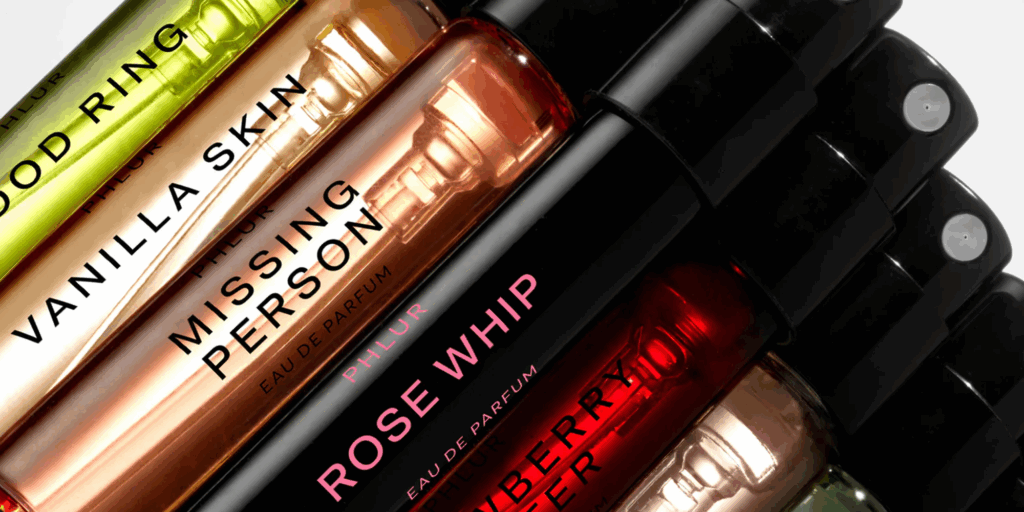Key Takeaways
- Hailey Bieber’s Rhode, Maëlys, and Phlur are leading the direct-to-consumer growth in beauty for 2023, with Rhode experiencing nearly tripled sales.
- Consumer Edge’s report indicates a broader slowdown in beauty spending, as customers shift to retailers like Amazon and Walmart.
- Millennials and Gen Z are driving market shifts toward digitally-native, transparent brands and personalized beauty experiences.
Strength in the DTC Beauty Sector
Celebrity-driven brands have dominated direct-to-consumer (DTC) sales growth in the beauty industry this year. Notable mentions include Rhode, Maëlys, and Phlur, which are highlighted in Consumer Edge’s report “The State of Retail 2025 Beauty.” Rhode tops the list as the fastest-growing DTC brand, with sales nearly tripling year-over-year. Maëlys follows closely, driven by viral popularity on social media platforms like TikTok, with sales up 460%. Phlur, renowned for its clean fragrances such as “Missing Person,” ranks third. The report indicates that these brands are adapting successfully in a challenging market.
Despite these successes, the beauty industry is facing a notable slowdown, particularly in DTC sales, which have dropped about 10% this year. Consumer Edge attributes this decline to consumers favoring larger retailers, such as Amazon and Walmart, for their purchasing needs. Michael Gunther from Consumer Edge notes that value-conscious customers may prefer appealing promotions from these retailers over sticking with specific brands.
Trends Shaping Beauty Purchases
Key trends driving sales in 2023 include social media virality, science-backed beauty products, and AI-enhanced personalization. Other influential categories are affordable fragrances and at-home beauty devices. Additionally, British beauty retailers have seen substantial growth, outperforming DTC channels, with companies like Sephora and Space NK expanding their brick-and-mortar presence.
In the U.K., companies like Spoiled Child and Il Makiage are proving to be the fastest-growing DTC brands. Meanwhile, overall spending patterns are shifting; younger customers aged 18 to 34 show a preference for brands that align with their values of transparency and community engagement. Brands like Rhode, Agency By Curology, and Typology are appealing particularly to this demographic.
Market Dynamics and Customer Shifts
The rise of digitally-native brands reflects a shift in consumer habits, particularly among Millennials and Gen Z. This group is increasingly knowledgeable about ingredients and prefers shopping experiences that offer customization and inclusivity. In contrast, larger beauty service chains like Sport Clips and Great Clips have experienced market share declines among younger customers, indicating a transition to more individualized services offered by smaller brands.
The DTC channel, while showing individual brand success, has lagged behind specialty retailers and service providers in overall growth. Some U.K. brands, such as Rituals and Jo Malone, have maintained traction among young shoppers, while traditional chains like The Body Shop have lost ground.
As social media rapidly influences consumer trends, brands must remain agile and forward-thinking to meet evolving expectations. Success in the industry will rely on understanding and adapting to the dynamic preferences and behaviors of younger consumers.
This article was updated on June 27 to include the latest figures and insights on brand DTC sales growth.
The content above is a summary. For more details, see the source article.















